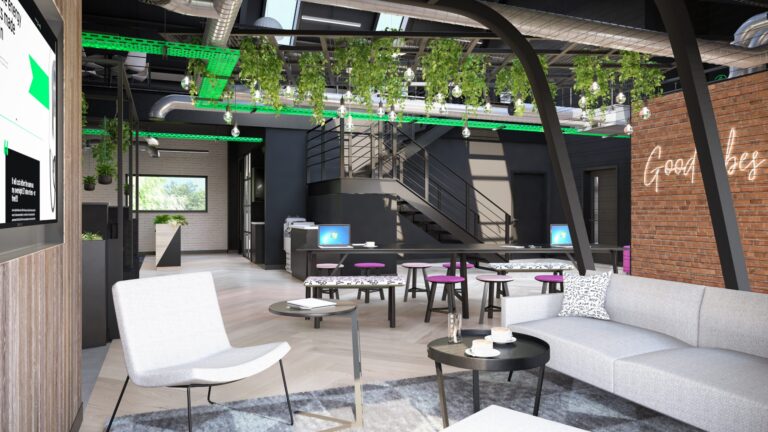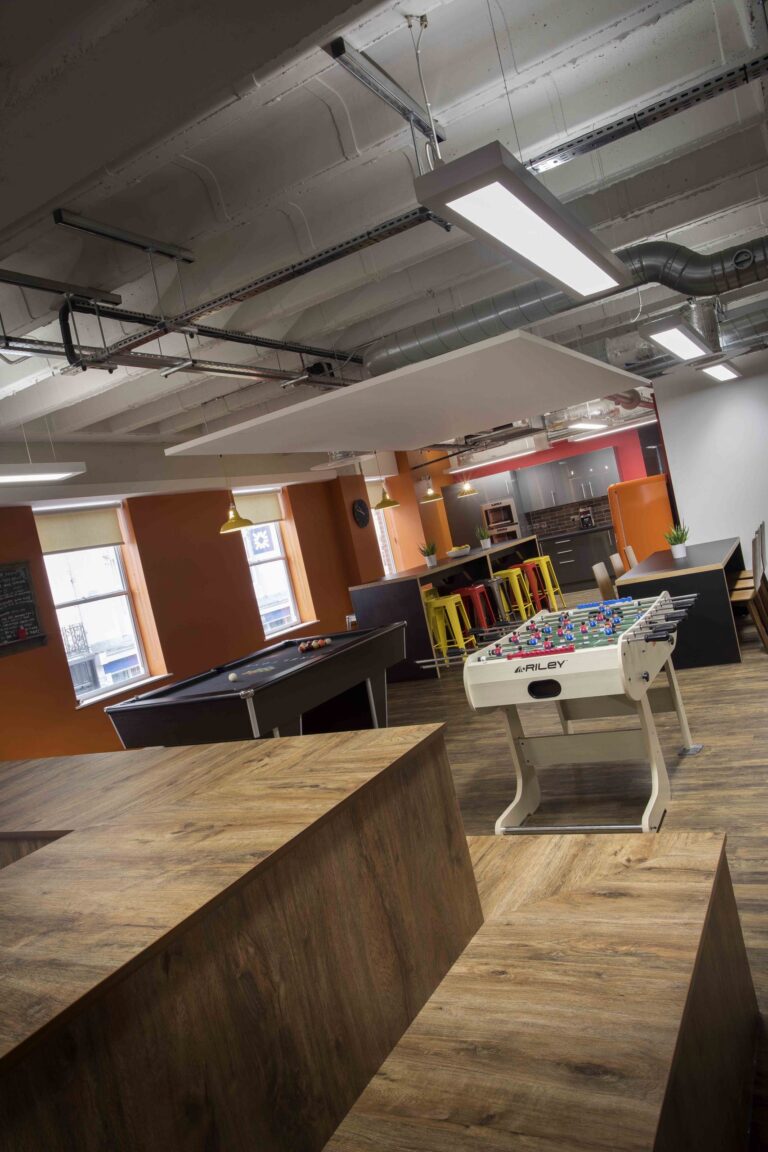
9 Ways to Embed Culture in Your Workplace
Date
28 July 2020
Read length
4 min
Everyone’s talking about workplace culture, why we need it and how to improve it. The truth is that all workplaces already have culture in spades – the pertinent question is whether it’s actively supporting or undermining your business objectives.
Everyone’s talking about workplace culture, why we need it and how to improve it. The truth is that all workplaces already have culture in spades – the pertinent question is whether it’s actively supporting or undermining your business objectives.
Positive workplace cultures can help businesses drive employee loyalty, encourage knowledge sharing, improve teamwork, raise morale, boost productivity and make organisations change ready. It’s quite a list of big business benefits and it helps to state the case for investing in workplace culture.
For housing associations keen to create a positive, empowering, productive and happy experience through workplace culture, there are nine key areas to consider and reimagine. They are:
- Be open and honest – Good communication is an essential part of building positive relationships in the workplace and makes employees feel valued. Share information in a concise, friendly and timely fashion and make employees feel listened to and involved in the business’s future.
- Encourage meaningful work – This is linked with higher levels of engagement, loyalty and extra discretionary effort and it’s highly conducive with a positive workplace culture. Share the company vision and values with employees and ensure they understand how their contribution matters.
- Think positive behaviours – Define what you want the workplace culture to be and lead by example. Reward positive behaviours and show employees what is expected of them – whether that’s through office interior design, how new starters are integrated or how self-development is approached.
- Promote choice – Motivated and loyal employees are typically empowered and encouraged to make their own choices. This might be over when, where and how they work. Give employees the mandate to choose and support them with the right technology, tools and spaces.
- Be inclusive – Culture centres on people, so it’s important to promote inclusion and sociability by actively designing these qualities into your workspace. Provide opportunities and places for people to come together, build relationships and become a team. According to Deloitte, 83 percent of the Millennial generation is actively engaged when an organisation has an inclusive culture.
- Offer inspiration – Give employees plenty of stimulus, support new thinking and encourage ideas among employees. This might be through idea-sharing events, team training, creative office interior design or shared CSR projects. This will aid problem solving, unlock people’s creative energies, spark innovation and find new ways to achieve goals.
- Encourage personal growth – Nurture the skills and capability of your employees and you not only keep them engaged and loyal but performing at their optimum too. Create a culture where training and career development is front and centre – whether that’s supporting employees with formal qualifications or encouraging peer-to-peer support and knowledge sharing.
- Think holistically – Workplace health is becoming a central part of company culture and strategy. The best employers care about the health and wellbeing of their employees and it can be seen in the way that office interiors are designed, flexibility is provided and benefits are tailored. Happy, healthy teams are an asset to any business and they contribute 12% more than the average employee too.
- Build it – The environments we occupy can help to determine how we feel and what we think. Well considered and creative office interior design and fit-out is an integral part of the picture. It should be used to give employees spaces and experiences that embody organisational culture and equip them with the tools, resources and sense of community they need to thrive.
In an increasingly transient age, culture is the glue that binds us to our work, each other and our employers and it can be a form of competitive advantage. Organisations with strong workplace cultures are fully of highly engaged, motivated, happy and healthy people. They are more profitable too. Engaged employees deliver four times more revenue than those who aren’t.
The message is simple. Create a positive, inspiring and friendly culture and you will reap the benefits. Get it wrong and toxic cultures lose talent and kill reputation, productivity and profitability.
See how we could help with your new office interior design or office design and build project here
Get in touch
We love nothing better than talking all things workplace and design – got a question, potential project or just need some guidance?
Drop us a note…





